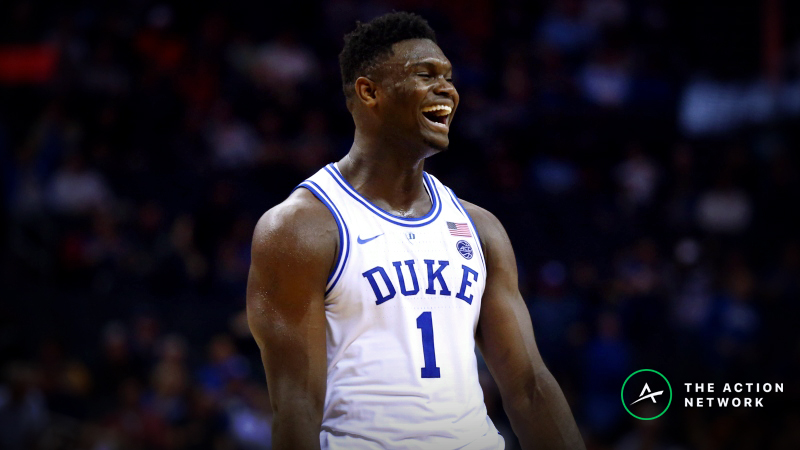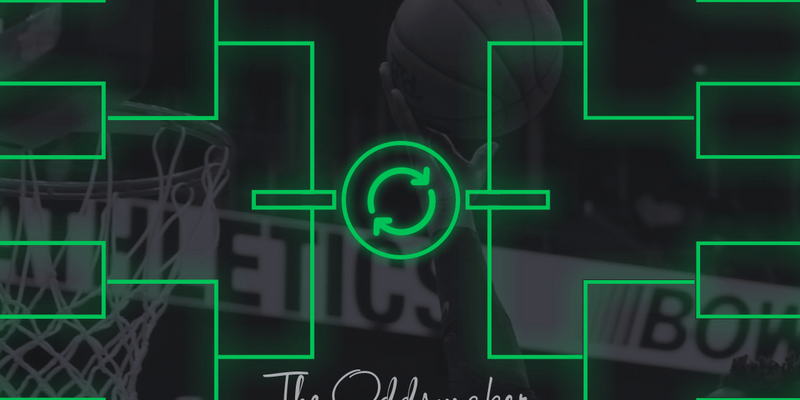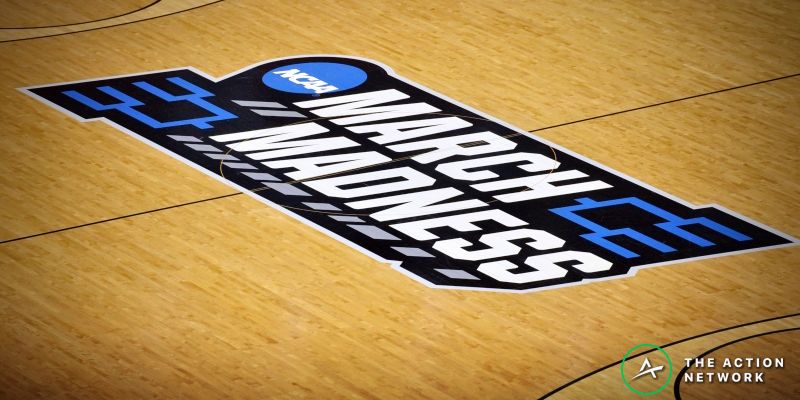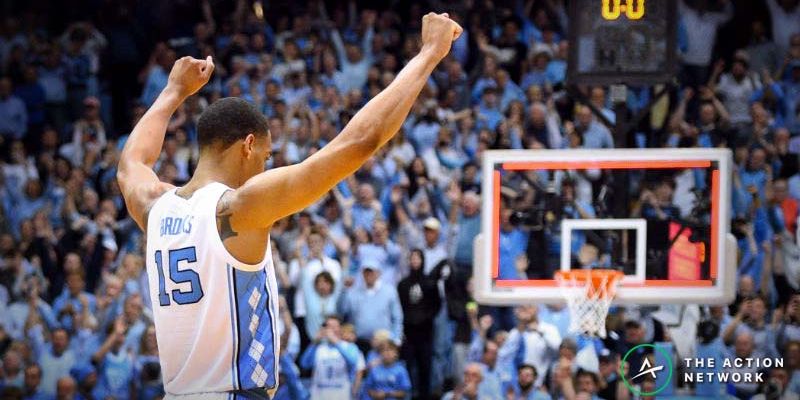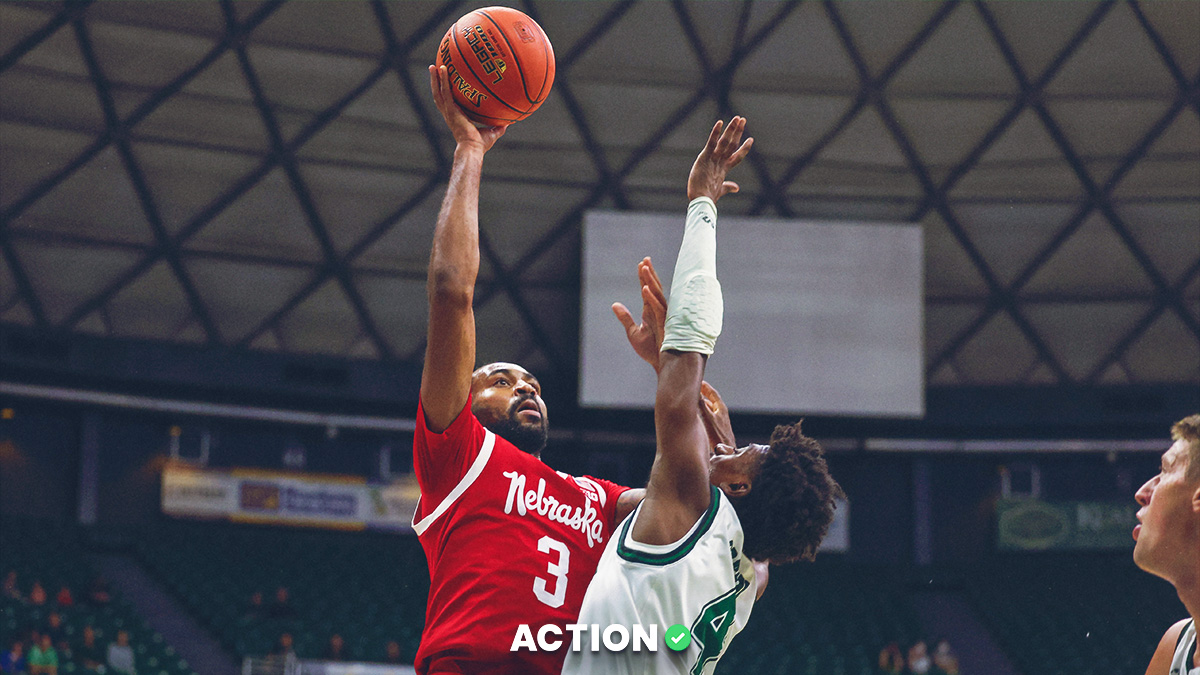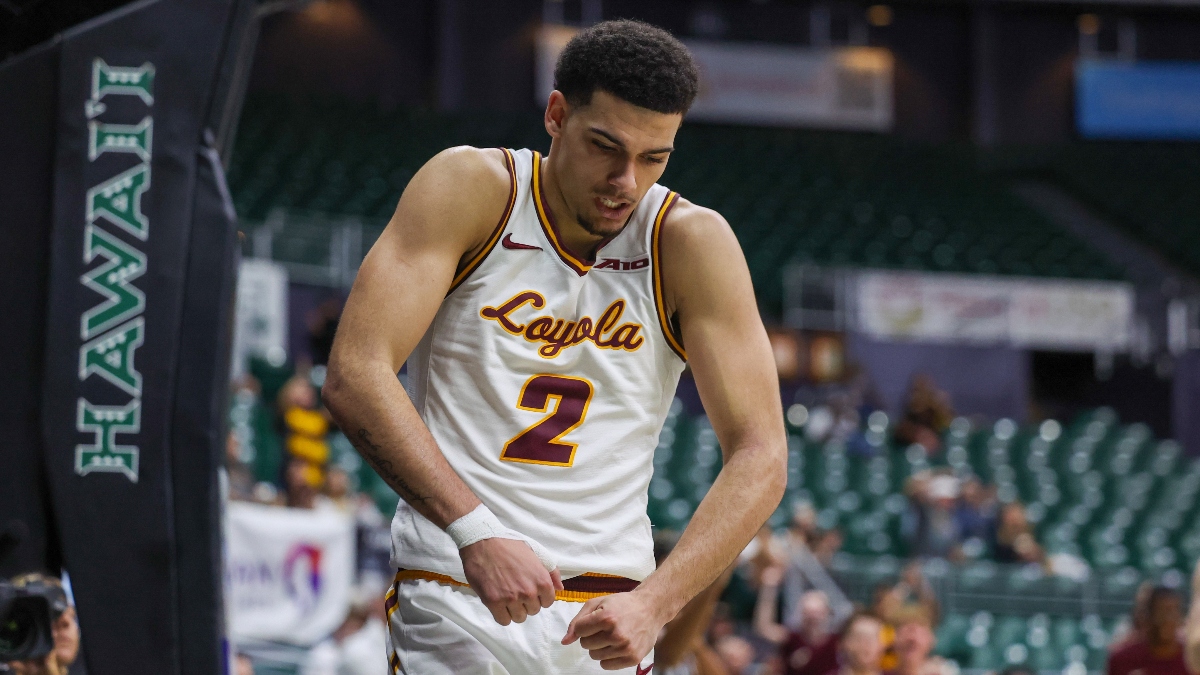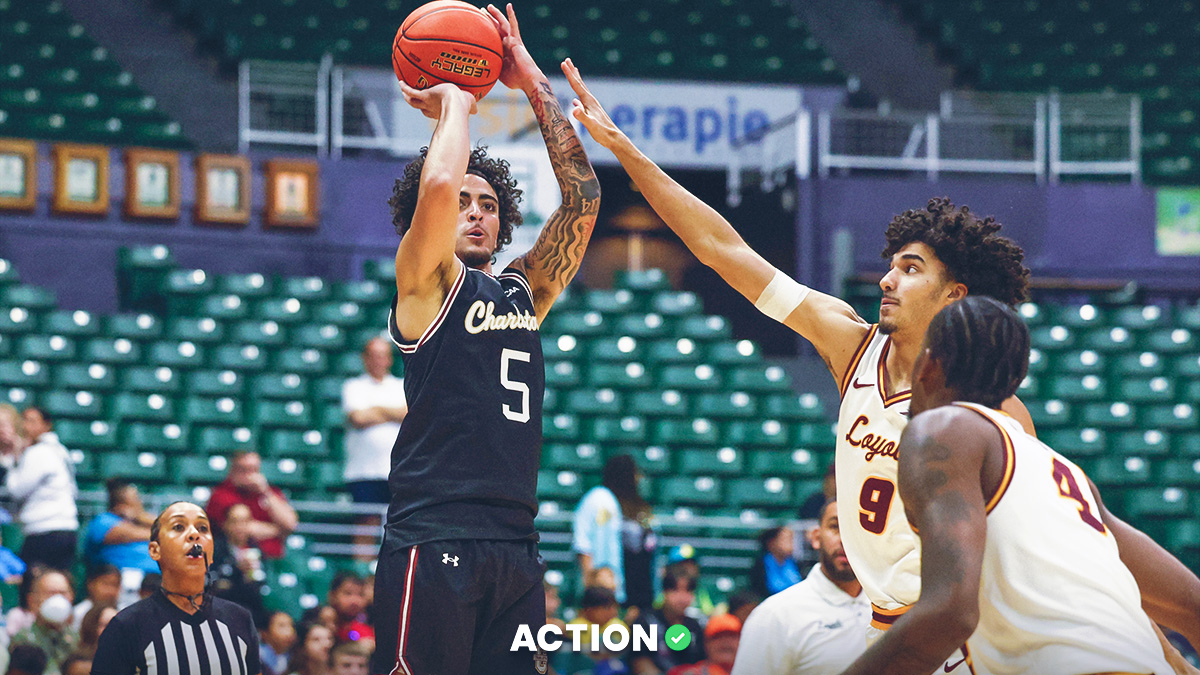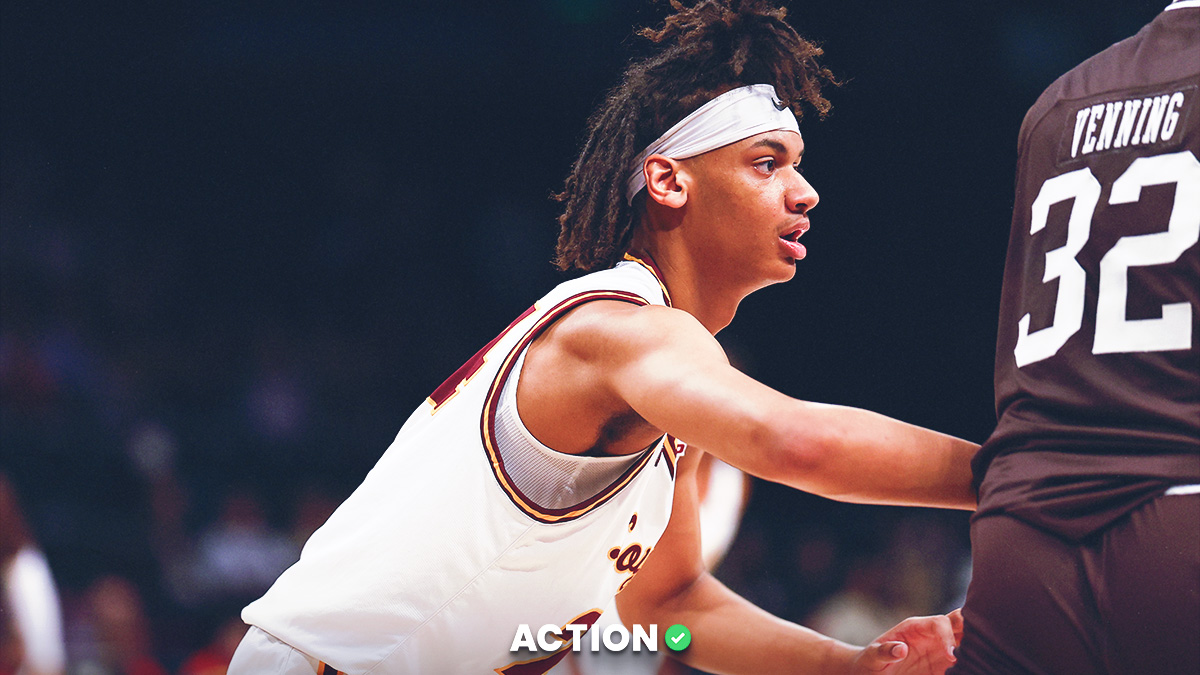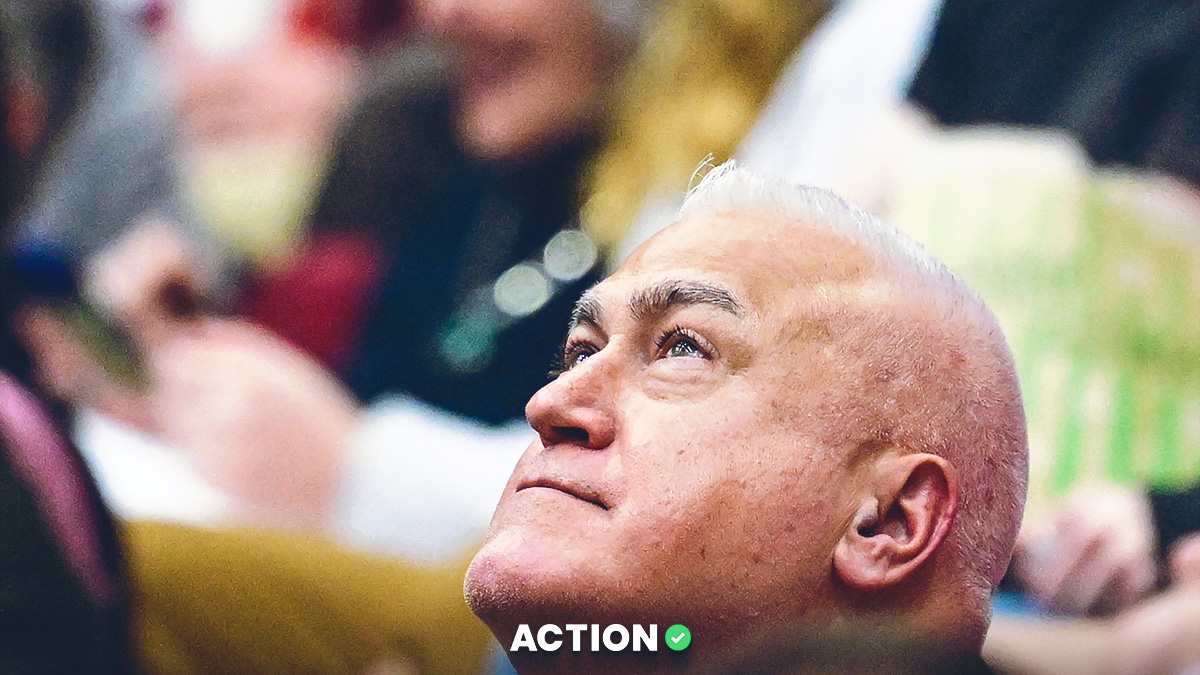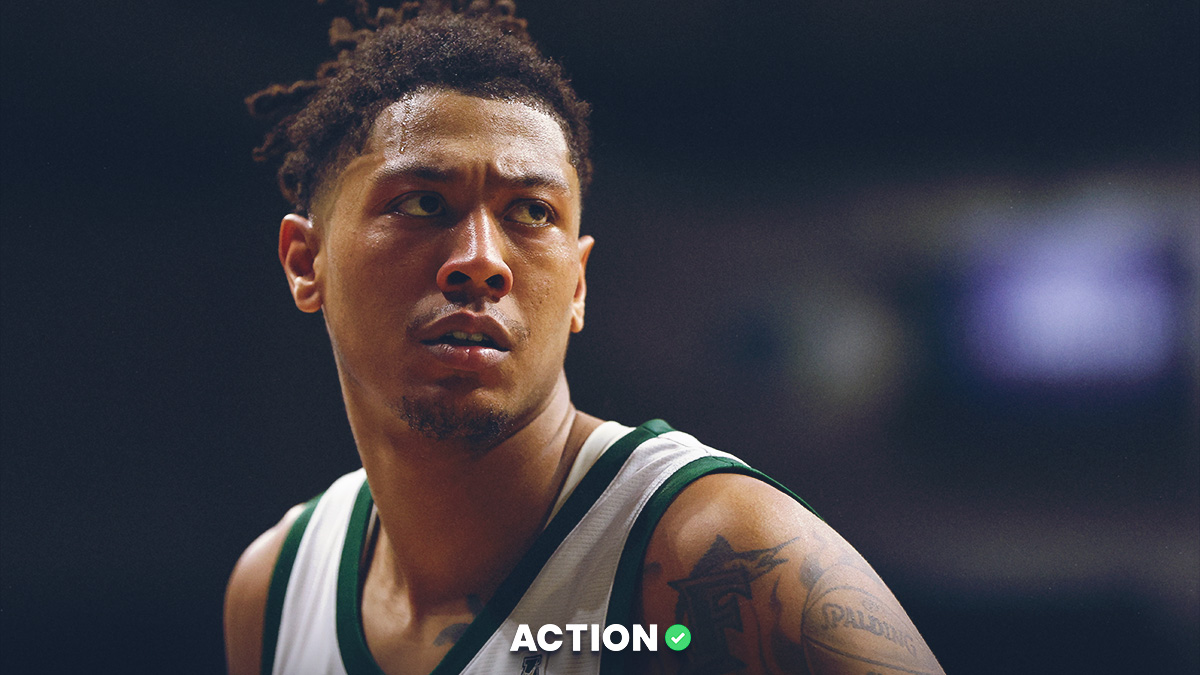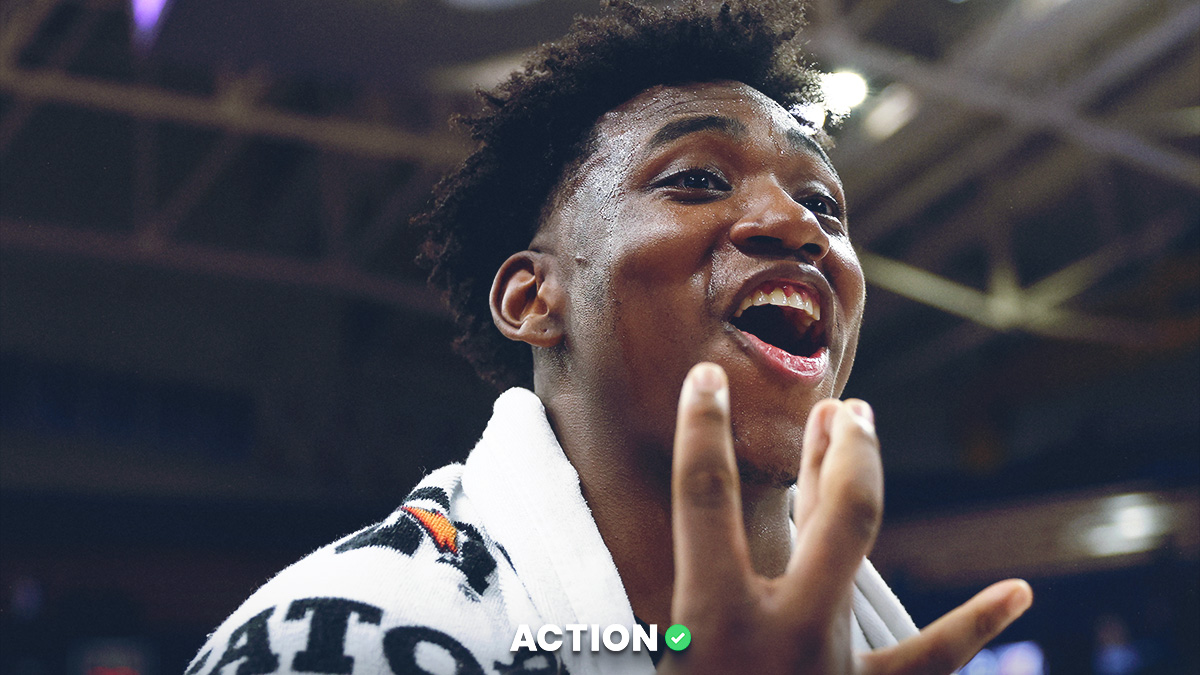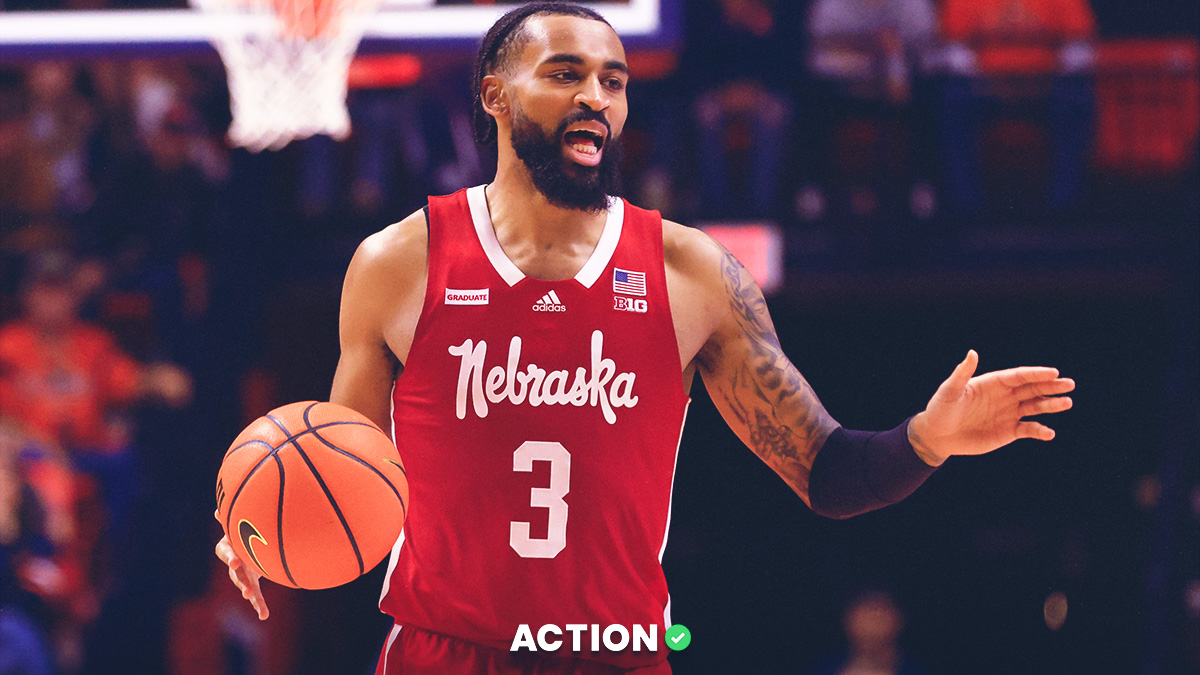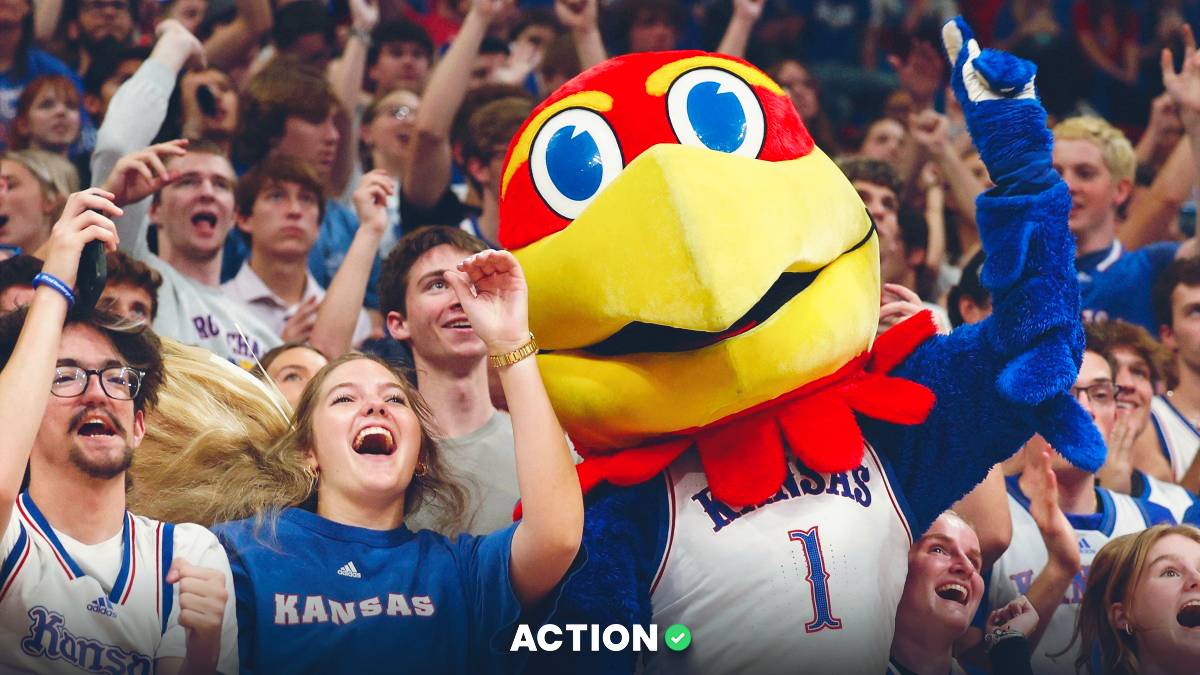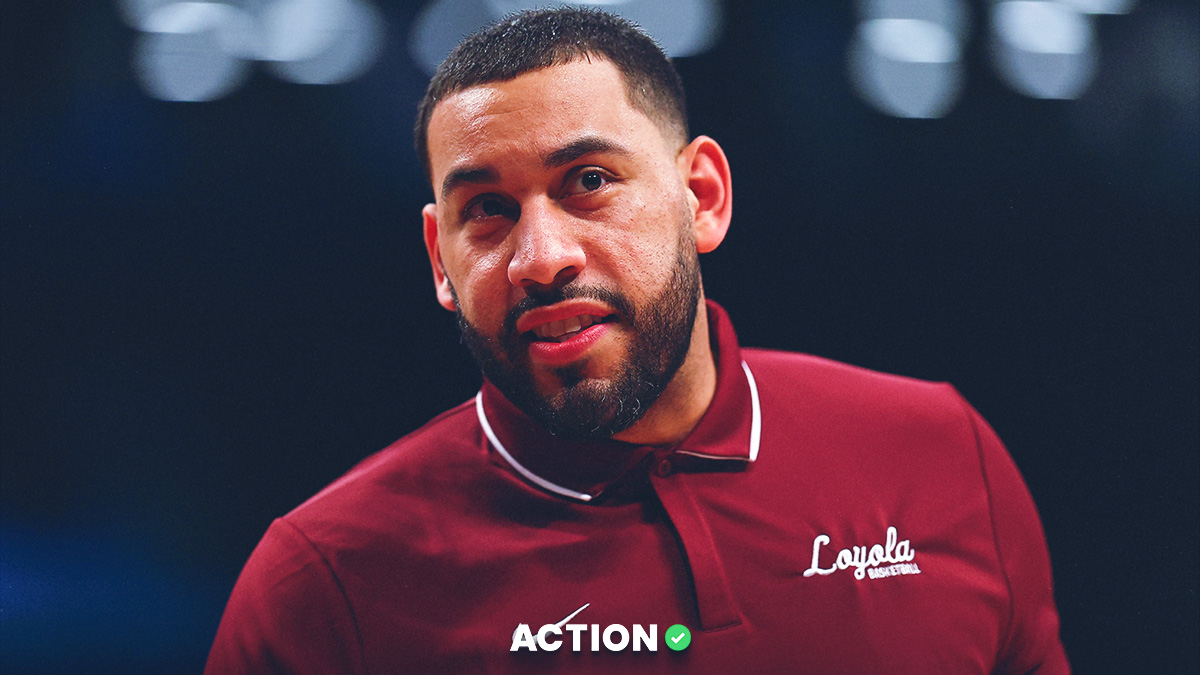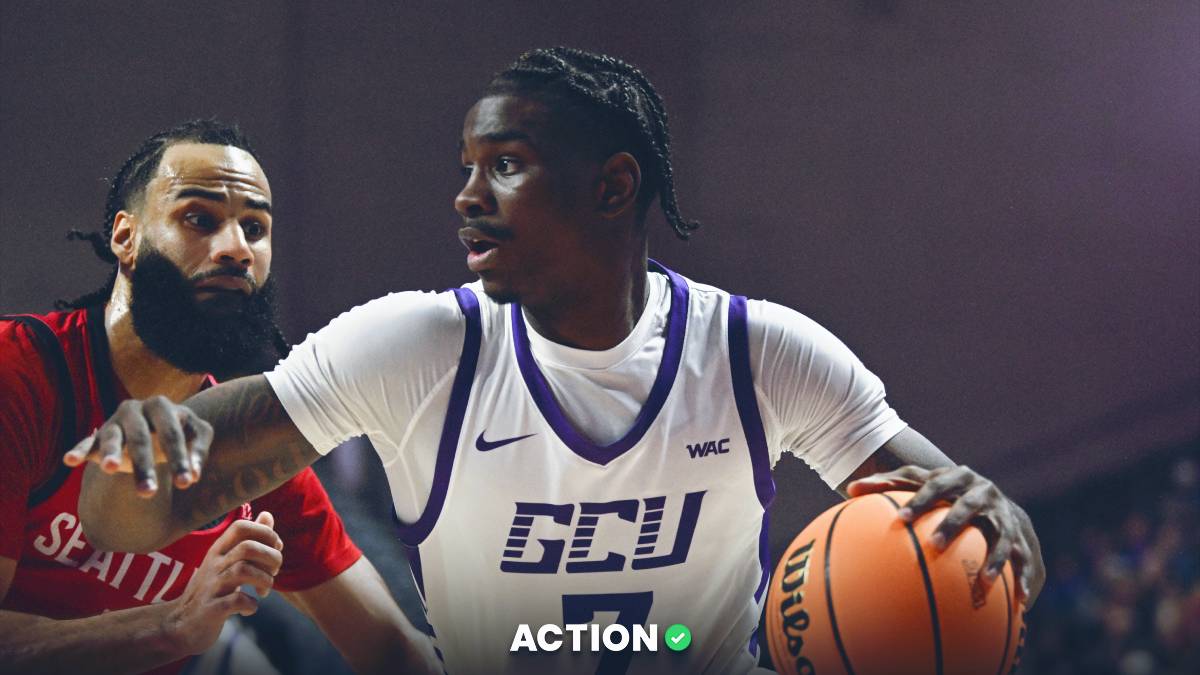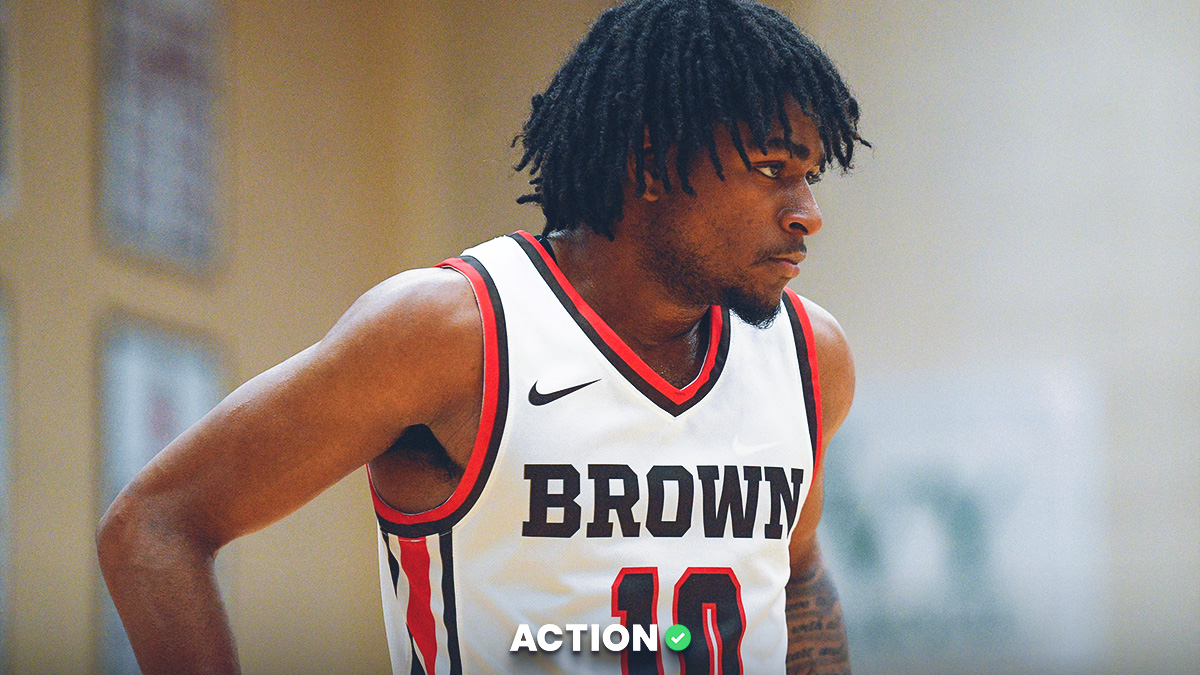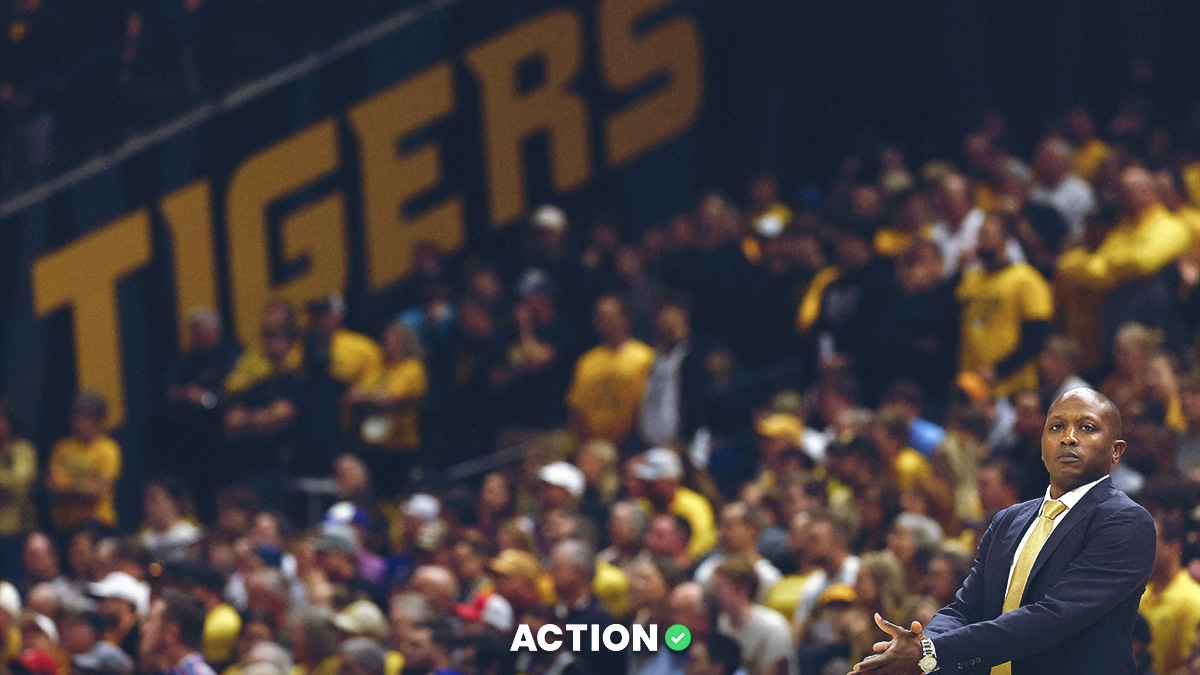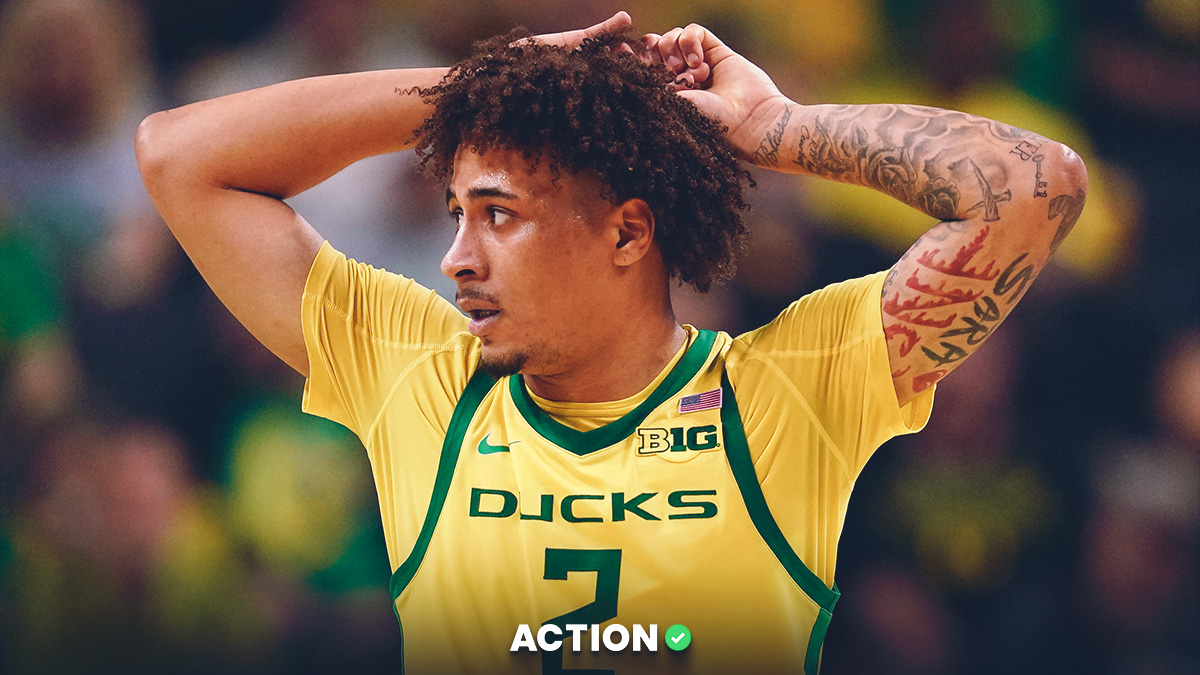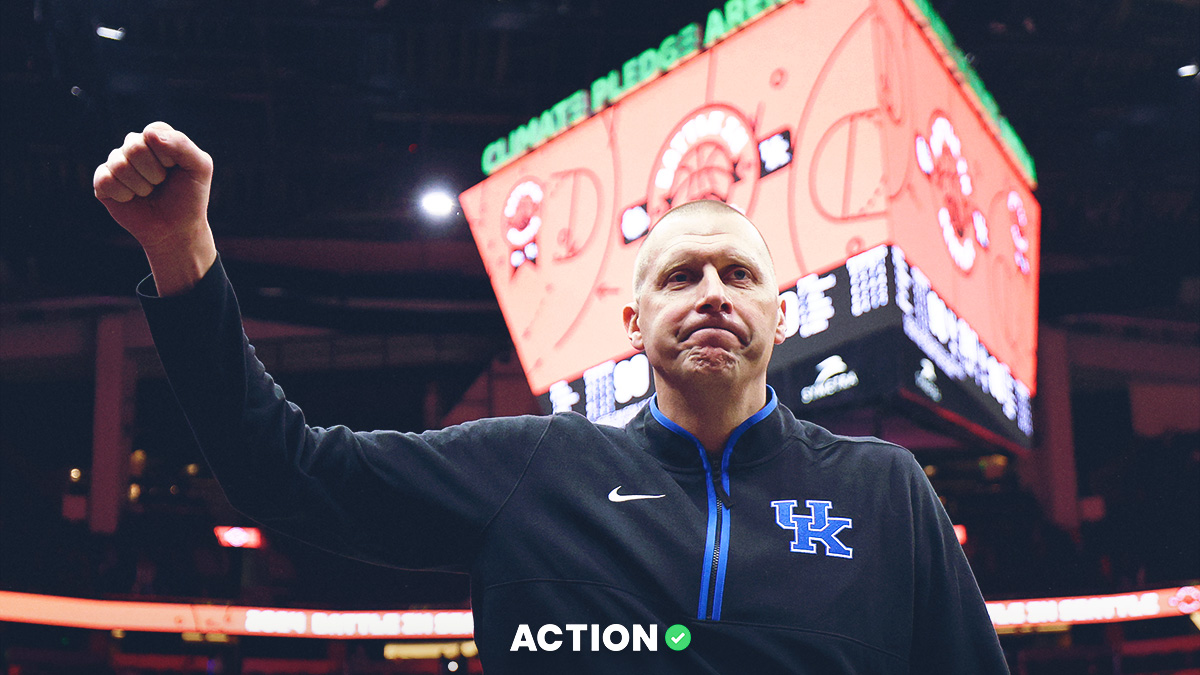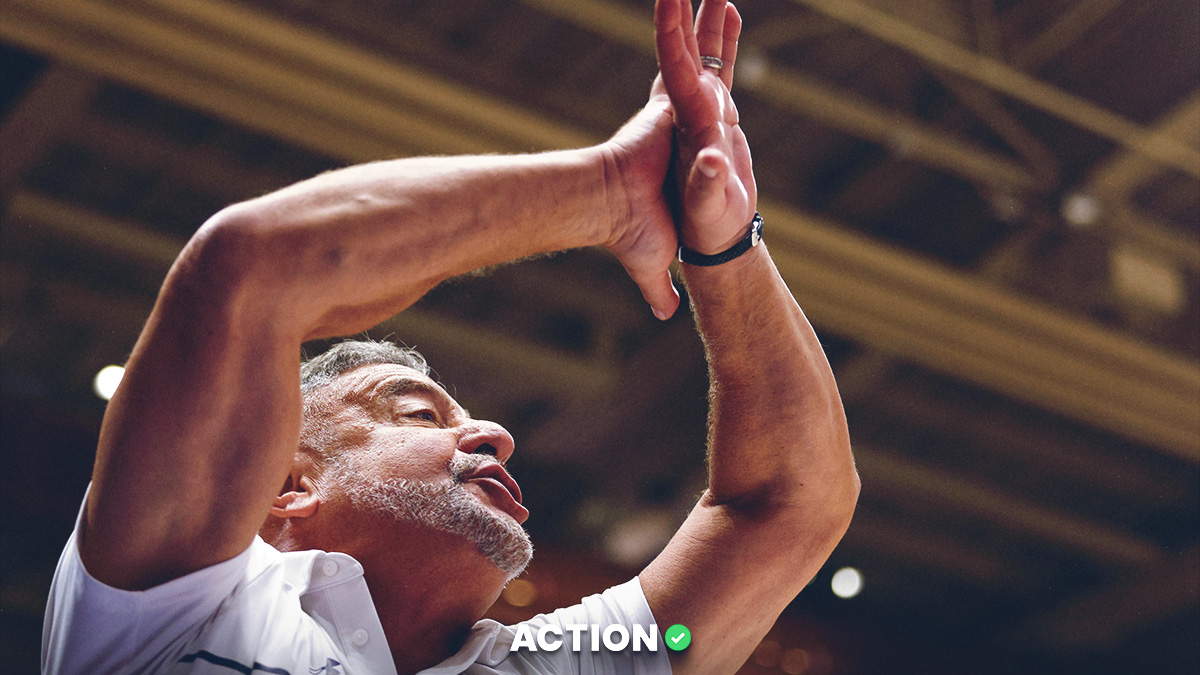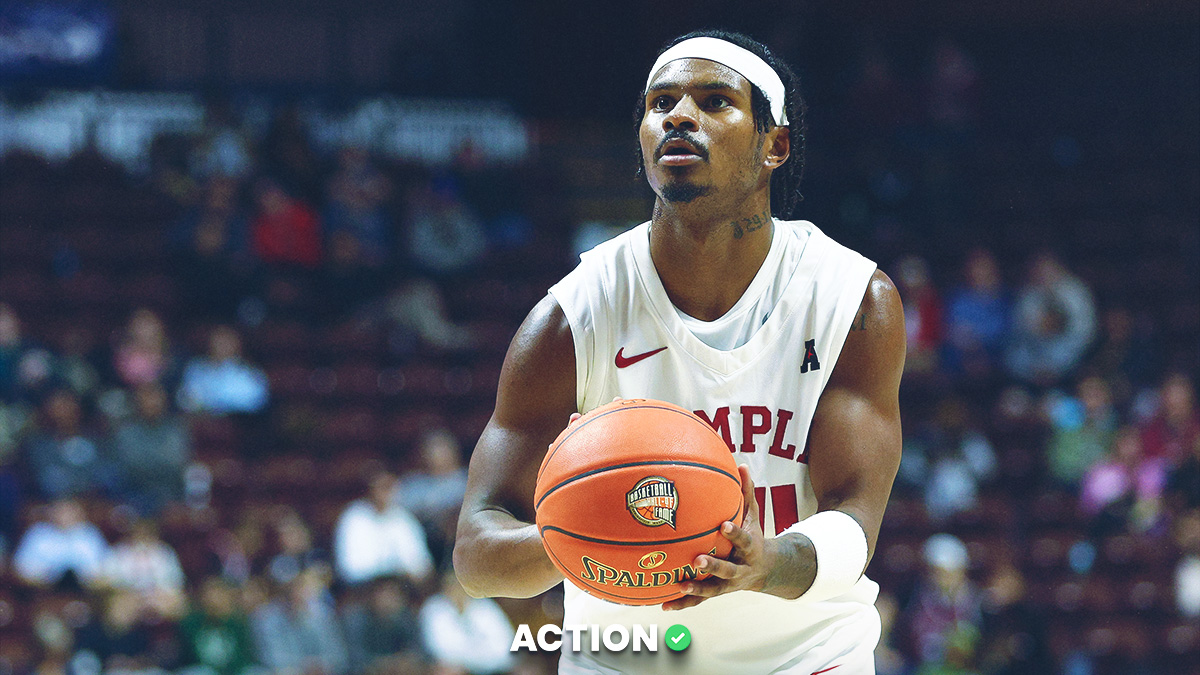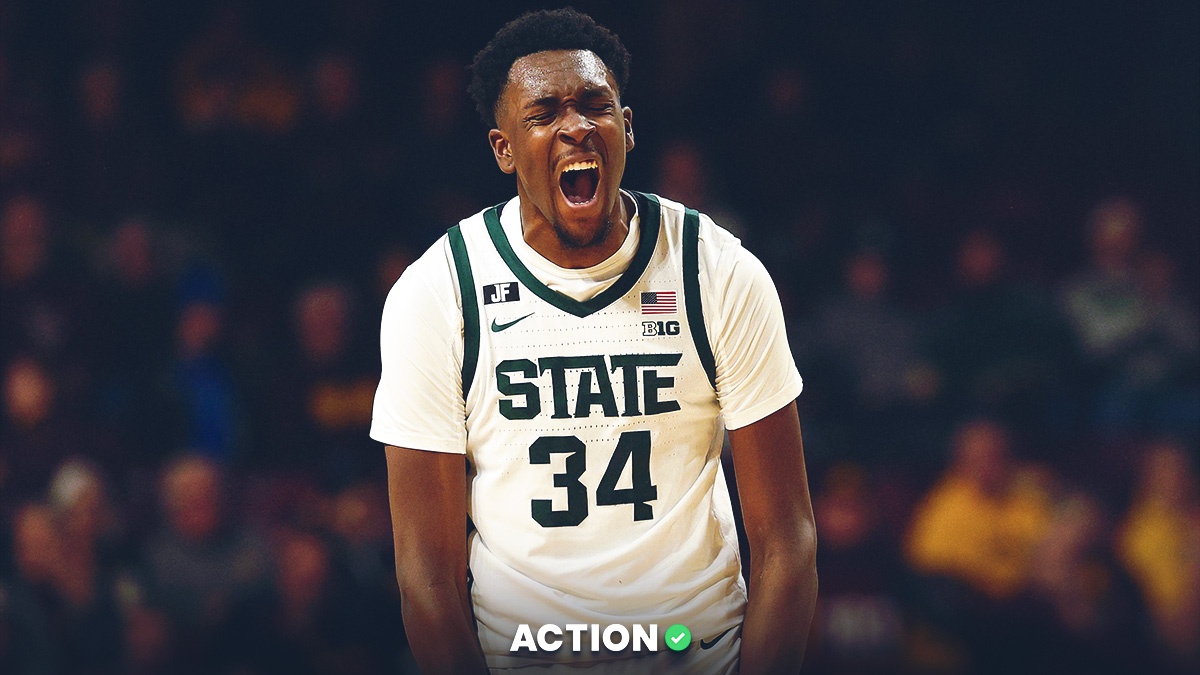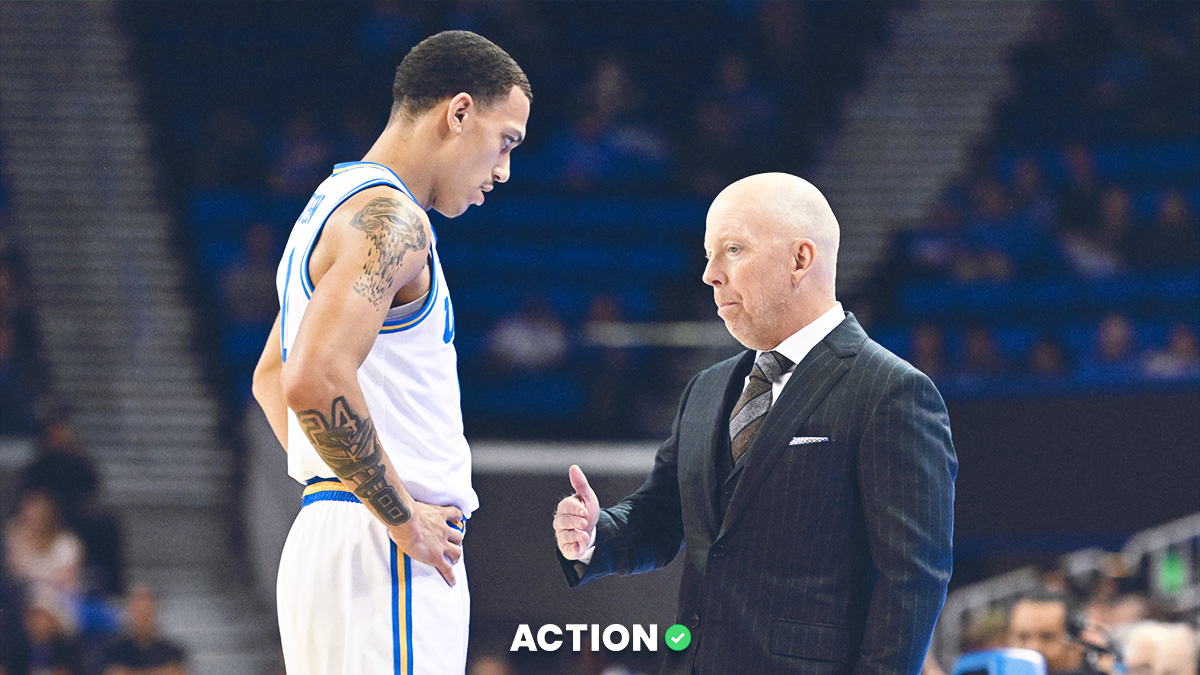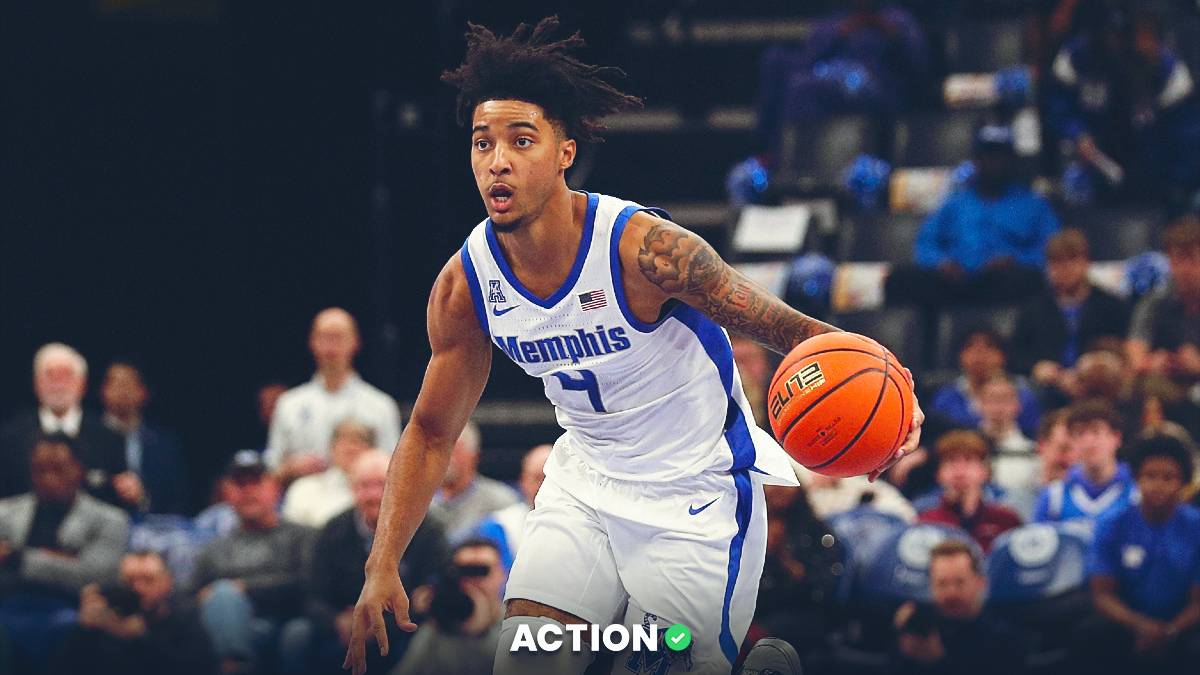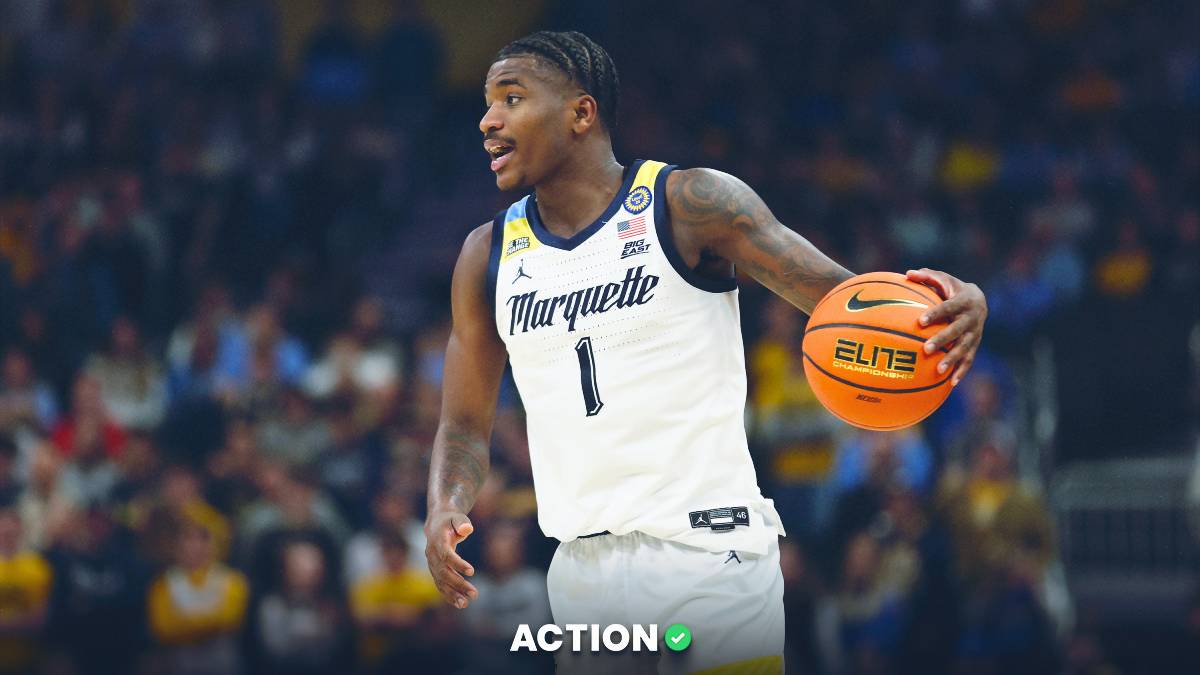Each day, I publish at least one quick-n’-dirty piece highlighting a favorite prop of mine. See my master list of 2019 prop bets for more information.
Also follow me in The Action Network app, where each day I post some official player prop picks.
With the four play-in games out of the way, the 2019 NCAA Tournament begins in earnest.
Some sportsbooks released player props for the four play-in games, and I expect them to do the same for all the remaining games in the tournament.
In this article, I want to outline some thoughts I have on how to approach these college basketball props.
2019 Year-to-Date Record
306-260-12, +34.36 Units
- NFL: 21-13-0, +11.72 Units
- NBA: 185-148-4, +21.75 Units
- NHL: 66-80-7, -7.57 Units
- Golf: 4-7-1, -2.35 Units
- NASCAR: 5-8-0. -1.70 Units
- NCAAF: 0-1-0. -1.00 Units
- NCAAB: 2-1-0. +0.87 Units
- Exotic: 23-2-0. +12.64 Units
Freedman's Player Prop Strategy for the 2019 NCAA Tournament
I should start by saying that I know almost nothing about college basketball. I don't follow it that much. I almost never bet it. When I do, I'm pretty much doing whatever Stuckey and Collin Wilson do in The Action Network app.
Before the play-in games, I had bet exactly one college basketball player prop this season: Zion Williamson over 24.0 points. One shoe later, I'm still waiting for that ticket to cash.
You've been warned: I'm definitely not a college basketball expert.
But I am very into props, and I had success with the play-in games
So here are my thoughts on how to bet NCAA Tournament player props.
Expect More Playing Time for Key Players
This is an obvious point, but it needs to be stated: These are must-win games. Coaches aren't likely to give significant playing time to psuedo-contributors.
Especially in games that are close, the important players for each team seem likely to get more playing time in the tournament than they got on a per-game basis during the season.
Or at a minimum, it seems safe to say that (barring a blowout situation), key players — starters and high-volume bench players — won't play less than they usually do.
Let's look at the play-in games for guidance.
In the Fairleigh Dickinson-Prairie View A&M game, the Knights had five players with 30-plus minutes of playing time; the Panthers, four. And yet for the season, only three Knights and one Panther have averaged over 30 minutes per game.
In a must-win situation, both teams gave extra court time to their most important players.
Similarly, in the Temple-Belmont game, both teams had four players with at least 30 minutes of playing time.
In the North Carolina Central-North Dakota State game, the Eagles gave 34 minutes of playing time to all five of their starters. The Bison were a little less rigorous with their starters, but four of them still played 28-plus minutes.
And in the St. John's-Arizona State game, four players saw 32-plus minutes for the Red Storm. The Sun Devils had six players with 27-plus minutes.
In the postseason, we should expect to see the primary players for each team get extra playing time.
Expect More Usage & Points for Primary Scorers
Just as the key players are likely to get more playing time, the primary scorers for each team (I think) will probably see enhanced usage. The guys who score — the guys through whom the offense flows — should be expected to dominate the ball more.
In the postseason, points are at a premium, and teams need their scorers to take over games and carry their teammates.
Teams need their stars to be superstars. Heroes.
In the Fairleigh Dickinson-Prairie View A&M game, Darnell Edge and Gary Blackston respectively led the Knights and Panthers with 33 and 26 points. For the season, their team-best averages are 16.9 and 15.6 points per game.
Why did Edge and Blackston score so many more points than they normally do? Edge shot 1.5 more field goals and 4.2 more free throws than he did during the season. Blackston shot 7.9 more field goals than usual.
In the other play-in games, we saw similar trends: For the most part, the regular-season leading scorers took more shots and scored more points.
Bet the Over on Player Props
Almost all of the play-in props were for starters, and many of the lines were similar to their seasonal averages.
As a result, a lot of the lines were too low, which makes sense: If the only props in the market belong to the starters, and if the starters are getting more playing time, and if the books aren't adjusting the lines to account for the extra playing time, then we should expect to see more overs than unders.
And that's especially the case for the primary scorers and their points props, since they're not only getting more playing time but also shooting the ball more aggressively.
The sample is small, but I had success in targeting primary scorers in the play-in games.
- Fairleigh Dickinson-Prairie View A&M:Darnell Edge over 17.5 points – 33 points scored
- St. John's-Arizona State:Leguintz Dort over 16.0 points – 21 points scored
Additionally, I had success with a similar strategy in the first round of the NBA playoffs last year: It took some books a while to adjust their lines upward to account for the extra playing time typically given to key players in the postseason.
I think we might see something like that for March Madness, or at least most of it.
I should say that Stuckey and Sean Koerner aren't entirely sold on my theory.
Stuckey said that some players, especially mid-major stars, play so much in the regular season that they may not see much more time on the court in the postseason.
And Koerner said that this strategy might be less effective in the NCAA than NBA because "college players usually play max minutes during the regular season and give max effort."
So you definitely shouldn't blindly bet the overs and expect to rake in the money.
But given that I tend to prefer unders, I'll likely consider overs more than I usually do, especially when it comes to points props for the team leaders in scoring.
It's March Madness. Why would anyone want to root for an absence of points?
Matthew Freedman is the Editor-in-Chief of FantasyLabs. He has a dog and sometimes a British accent. In Cedar Rapids, Iowa, he’s known only as The Labyrinthian.


